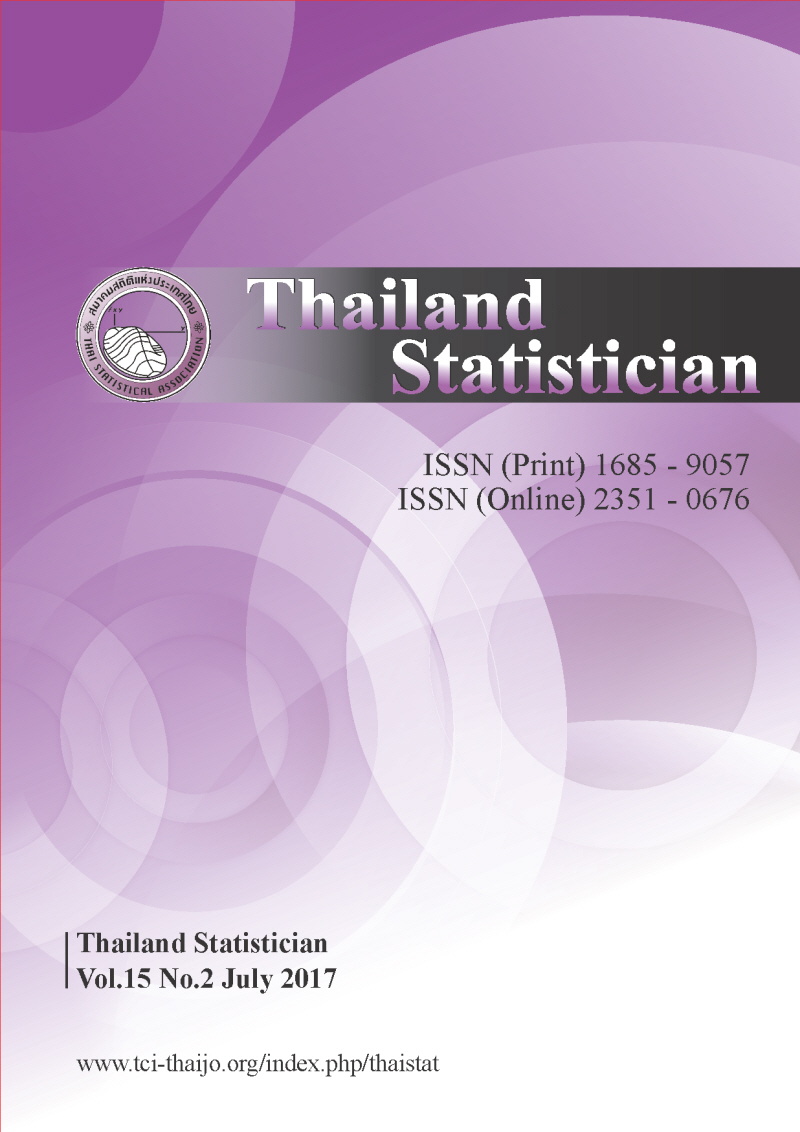Stratified Adaptive Cluster Sampling with Spatially Clustered Secondary Units
Keywords:
Stratified adaptive cluster sampling, stratified sampling, Horvitz-Thompson estimator, spatial samplingAbstract
This study introduces the use of adaptive cluster sampling with spatially clustered secondary units when the population study area can be stratified into smaller areas or strata based on available prior information, which can increase the precision of estimation. The method by which secondary units are adaptively added when the primary units are formed by a spatial cluster of secondary units is described, and has the advantage of saving cost and time of travelling and observing units in the sample compared to the standard approach of stratified adaptive cluster sampling with an initial sample random sample per stratum.
An unbiased estimator of the mean and its variance by applying the Horvitz-Thompson estimator is presented, and the advantages and disadvantages of stratified adaptive cluster sampling with spatially clustered secondary units in comparison to stratified adaptive cluster sampling based on a stratified random sample are described.




